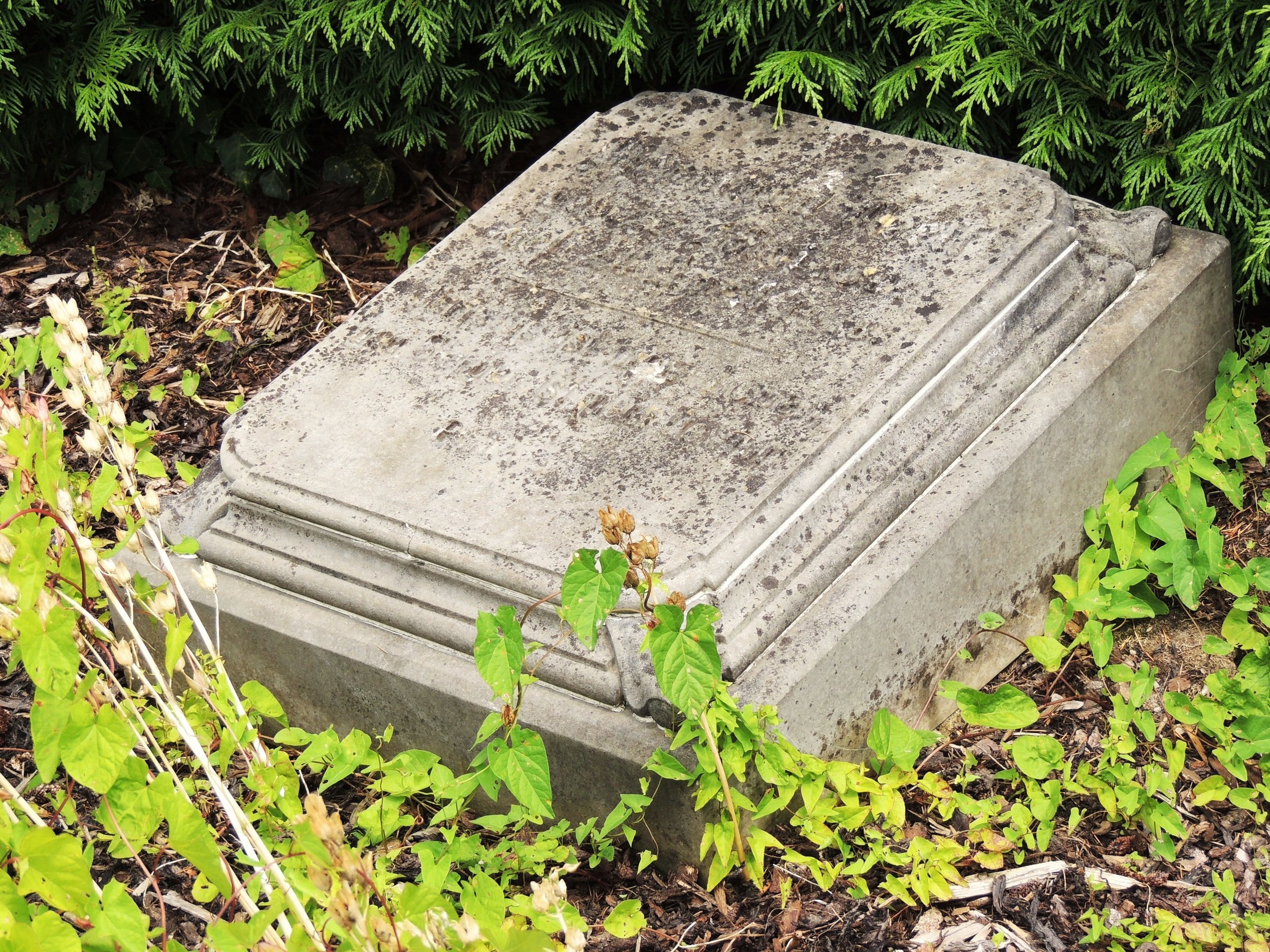WHAT IS WATER HAMMER?
Water hammer (or hydraulic shock) is the momentary increase in pressure inside a pipe caused by a sudden change of direction or velocity of the liquid in the pipe. Water hammer can be particularly dangerous because the increase in pressure can be severe enough to rupture a pipe or cause damage to equipment.
CAUSES
It’s a simple fact that liquid flowing in a pipe contains two types of energy: potential energy and kinetic energy. Kinetic energy is attributed to its velocity and potential energy is represented by its pressure. Neglecting friction, the combination of kinetic and potential energy remains constant at all points throughout the length of the pipe. Changing the kinetic energy by changing the liquid velocity forces the pressure in the pipe to change. If the velocity of the liquid decreases (decrease in kinetic energy), the liquid pressure increases (increase in potential energy).
Water hammer most commonly occurs when a valve is closed quickly and suddenly stops the flow of liquid in a pipeline. When this happens, shock waves travel back and forth through the piping system equal to the speed of sound in that liquid (for water at 70 degrees that is over 4800 ft/sec). These waves travel backward until encountering the next solid obstacle (frequently a pump or check valve), then forward, then back again until pressure is equalized.
Additionally, the sudden closure of a valve in a pipeline causes the momentum of the liquid column to exert a force on the valve’s shut-off element (disc, gate, or ball). This sudden separation of the water column causes two things to happen simultaneously: the pressure on the upstream side of the valve increases and pressure on the downstream side of the valve decreases. The liquid downstream of the valve will attempt to continue flowing, creating a vacuum that may cause the pipe to collapse or implode. This problem can be more serious if the pipe is on a downhill slope.
To prevent a sudden change of pressure near the valve’s shut-off element, air and vacuum relief valves, or air vents, are installed just downstream of the valve to allow air to enter the line and prevent a vacuum from occurring.
Therefore, the proper opening and closing of valves is fundamental to safe pipeline operation. Closing a valve at the downstream end of a pipeline creates a pressure wave that moves in the upstream direction. Closing a valve in less time than it takes for the shock wave to travel to the end of the pipeline and back is called “sudden valve closure”. Sudden valve closure will change velocity quickly and can result in a pressure surge.
OTHER CAUSES OF WATER HAMMER
Rapid pump startup can induce the rapid collapse of a void space that exists downstream.
Rapid pump shutdown can create a quick change in flow, which causes a pressure upsurge on the suction side and a pressure downsurge on the discharge side. Of the two, the downsurge is usually the major problem. The pressure on the discharge side reaches vapor pressure, resulting in vapor column separation.
Check valve slam (Due to sudden deceleration, a check valve may slam shut rapidly.)
Movement of air pockets in a pipe. Air is compressible and if carried along in a pipeline, can act like a spring, being compressed at low spots in a line and expanding at high spots in the line. Compression and expansion produces pressure variations which, if great enough, could produce serious water hammer pressures.
Water-column separation can also result in serious water hammer pressure values when the separated column rejoins at high velocity.
CONTROL
The following steps can be taken to reduce or eliminate water hammer:
Proper education and training of personnel on the dangers of water hammer and how to mitigate them through proper opening and closing of valves.
Use start-up and shut-down procedures for pumps that reduce the possibility of creating water hammer conditions.
Reduce the velocity of the liquid in the pipe. To keep water hammer low, some references recommend keeping the flow velocity at or below 5 ft./s.
Use slow-closing valves. Anything with a wheel, like a gate valve, is generally considered slow-closing. Valves with handles, like butterfly valves or ball valves, are considered fast-closing.
Use pipe with a higher-pressure rating. For example, DR 26 HDPE pipe is rated for 65 psi, whereas DR 11 HDPE is rated for 160 psi.
Air valves are often used to remediate low pressures at high points in the pipeline by admitting air into the line to reduce the possibility of partial vacuum and possible pipe collapse.
Install pressure relief valves to prevent excessive pressure in the pipe.
Use air chambers, surge vessels, accumulators or expansion tanks that are partially filled with air or gas and cushion possible shock.






